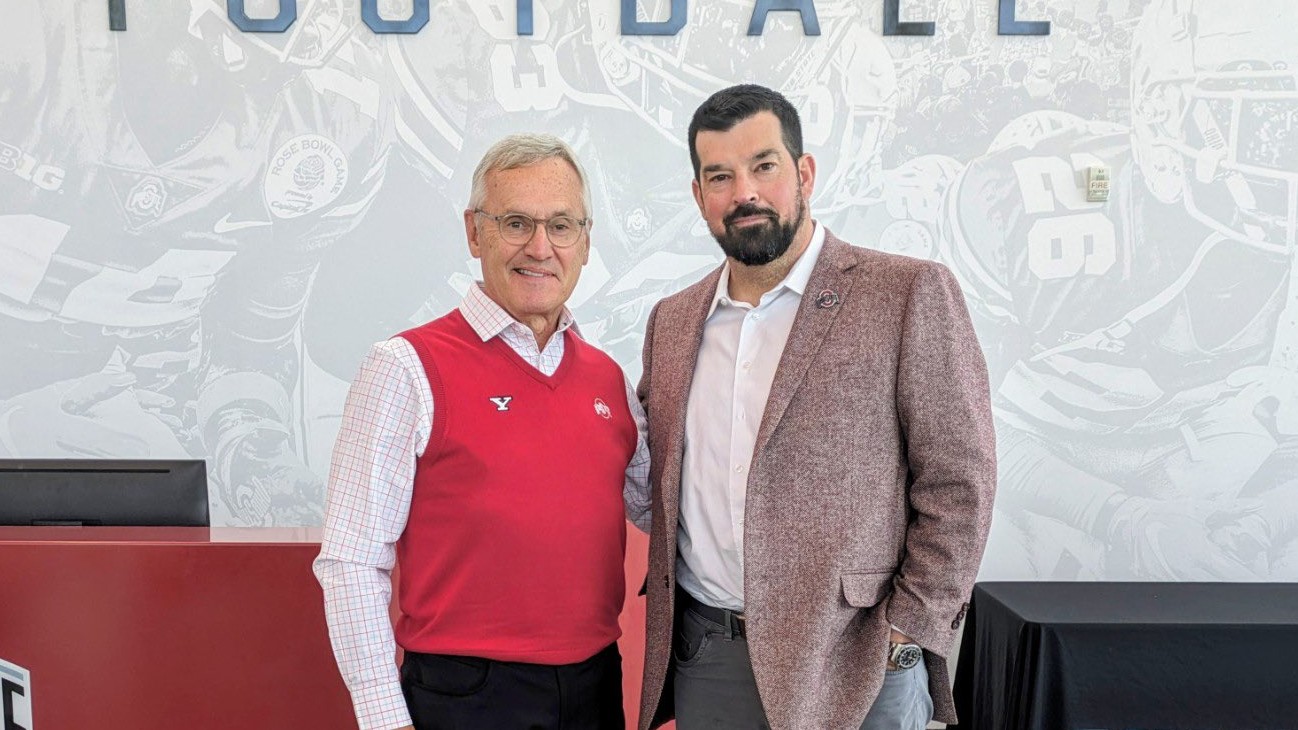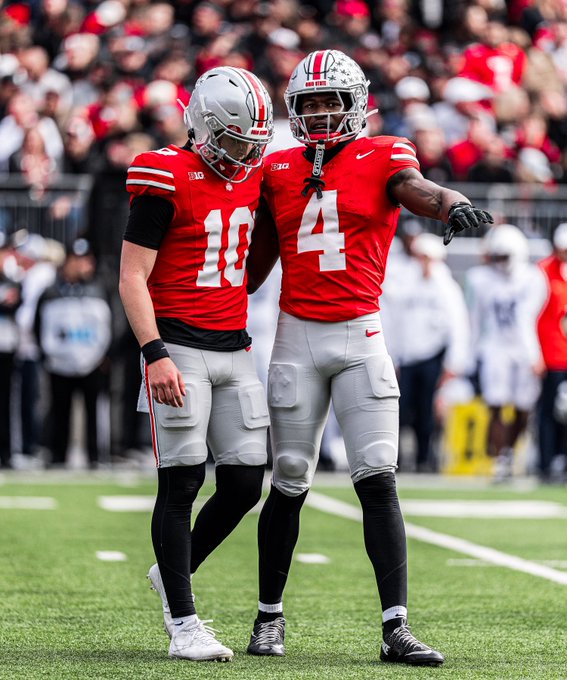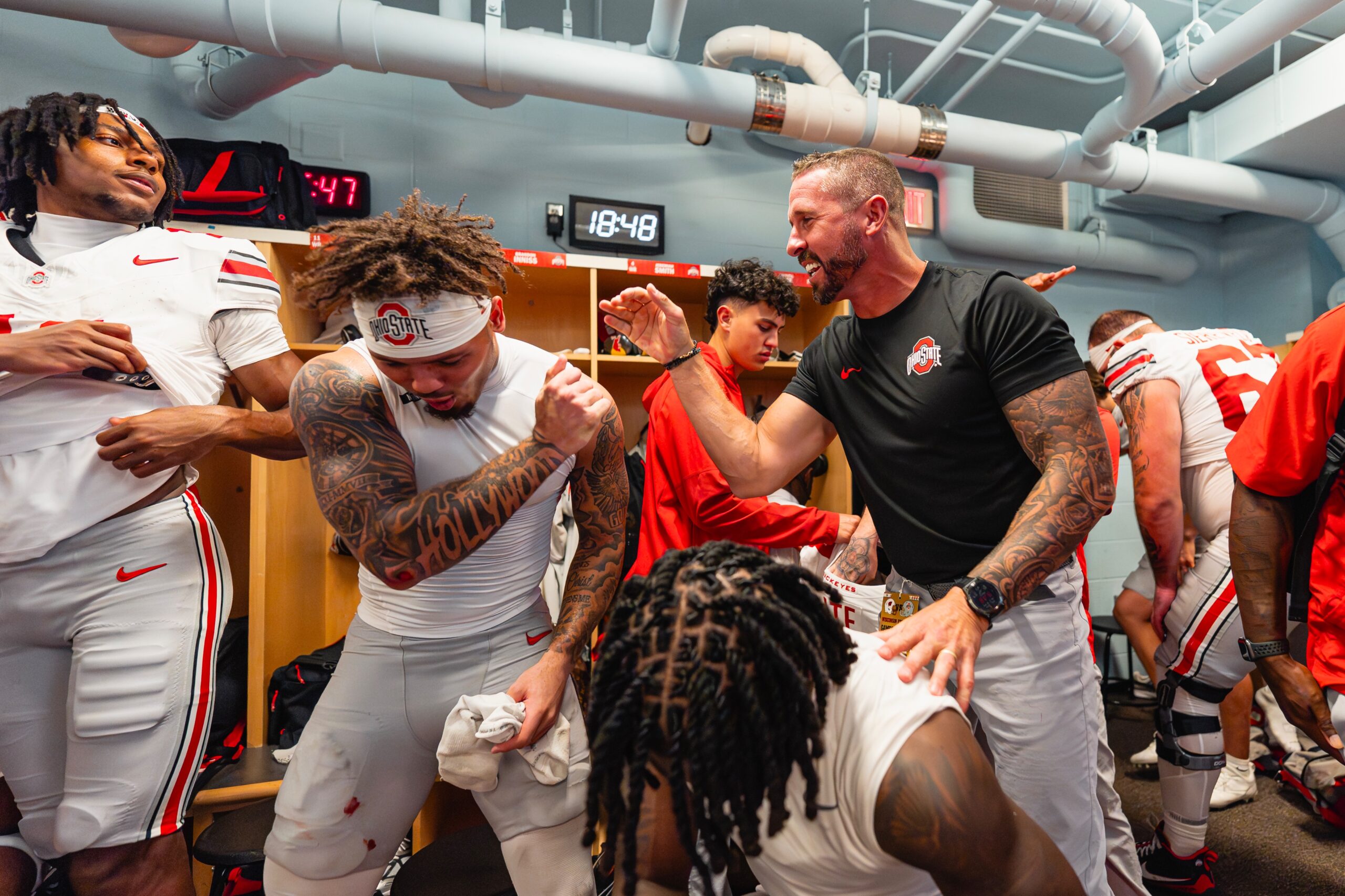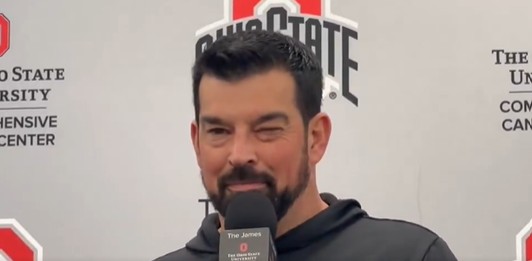
In a passionate and thorough breakdown from this week’s edition of The OHIO Podcast, the team unveiled its consensus rankings of the top 10 head coaching jobs in college football. And to no Buckeye fan’s surprise—or disagreement—Ohio State took the coveted number one spot. While the rankings sparked some expected debate among fans, the panel’s thorough criteria and spirited analysis showed why Columbus remains the pinnacle of college football excellence.
The panel’s list, compiled from each contributor’s individual rankings and processed through a weighted algorithm, began at number ten with Penn State. Though rich in tradition, the Nittany Lions haven’t hoisted a national title in decades and face recruiting challenges due to location and past controversy. Still, their proximity to major metropolitan areas and a strong regional presence earned them a spot.
Clemson came in at number nine. Despite their two recent national titles under Dabo Swinney, the Tigers are still considered “new money” in the college football world. Their position in a weak ACC and Swinney’s reluctance to embrace the NIL era create lingering doubts about the program’s long-term viability as a top-tier job.
At number eight was Notre Dame. Revered for its storied past and national brand, the Fighting Irish struggle under the weight of academic restrictions and outdated institutional limitations. Marcus Freeman has injected some new life into the program, but its inability to overcome the modern recruiting landscape keeps it out of the elite tier.
USC, another program steeped in history, landed at number seven. Despite a resume of Heisman winners and national championships, the Trojans have stumbled to reclaim their former dominance. Head coach Lincoln Riley has yet to deliver consistent success, and questions remain about fan loyalty and NIL involvement. Still, their location, brand, and potential make them a coveted position.
Alabama clocked in at number six, a surprising ranking given its historic dominance under Nick Saban. The panel noted that new head coach Kalen DeBoer faces the unenviable task of following a legend. As any coach knows, it’s never easy to be the guy who replaces the guy. The pressure in Tuscaloosa remains sky-high, and only time will tell if the Crimson Tide remain a perennial power.

Oregon cracked the top five. Despite having never won a national title, the Ducks’ rise under Dan Lanning, combined with Phil Knight’s deep pockets and a strong brand identity, makes the job incredibly appealing. Their recent entrance into the Big Ten has only amplified their national presence, but looming questions remain about long-term success, especially if USC reemerges as the West Coast powerhouse.
Number four went to LSU, a program with a strong claim to elite status. Three national titles with three different coaches since 2000 prove how powerful the Tigers can be. Still, the panel wasn’t sold on Brian Kelly as the right man to lead them. With elite recruiting territory and unmatched fan intensity, LSU has all the tools—it just needs the right leader.
At number three was Texas, a sleeping giant that appears to be finally waking up. Under Steve Sarkisian, the Longhorns are riding high after years of underachievement. Now in the SEC, with unmatched NIL resources and a loaded roster, Texas is poised for a national title run. The Longhorn brand remains iconic, and the program’s upward trajectory is undeniable.
Georgia took the number two spot. While some panelists view the Bulldogs as potentially the new dynasty in college football, others caution that Kirby Smart must continue winning at an elite level to maintain their perch. With back-to-back national titles and an SEC title, Georgia is clearly formidable, but sustaining that dominance will be key. The SEC gauntlet doesn’t allow for slip-ups, and challengers like Texas, Alabama, and LSU are always lurking.

And finally, the crown jewel of college football coaching jobs: Ohio State.
While critics may call it homerism, the data and tradition speak for themselves. The Buckeyes boast three national championships since 2000 under three different coaches—Jim Tressel, Urban Meyer, and now Ryan Day, each leaving their mark. Columbus is booming, NIL is thriving, and the recruiting pipeline remains strong, both regionally and nationally. Yes, the expectations are high. But that’s exactly what makes the job so rewarding. If you succeed in Columbus, you become immortalized. A second national championship for Day would cement his legacy and earn him a statue outside Ohio Stadium.
More than any other program, Ohio State combines modern success, historical prestige, an elite fan base, and institutional commitment. And while some may nitpick the northern climate or the pressure from fans, those challenges only underscore the toughness and excellence the Buckeye job demands—and deserves.
As Buckeye fans, we don’t shy away from high expectations. We embrace them. It’s what makes Ohio State the destination for college football’s best and brightest.











